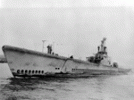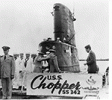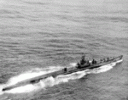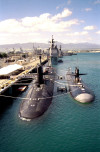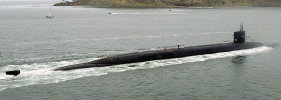The USS Thresher (SS-593) suffered the worst US submarine loss in history, sinking during a dive test on 10 April 1963 with all 129 crewmen aboard. The Navy learned many lessons and started the extremely successful SUBSAFE program as a result of the mishap.
Length: 279 ft, Beam: 32 ft, Displacement: 3400 tons
Powerplant: 1 Westinghouse S5W reactor producing 15,000 HP
Commissioned: 3 August 1961. Lost at sea: 10 April 1963
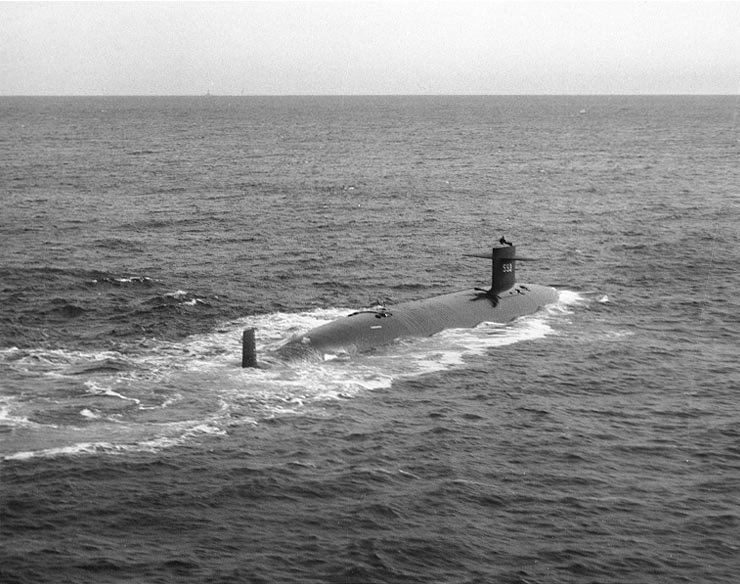
 en.m.wikipedia.org
en.m.wikipedia.org
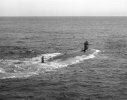
USS Thresher (SSN-593) underway, 30 April 1961
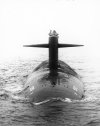
Thresher at sea on 24 July 1961
Length: 279 ft, Beam: 32 ft, Displacement: 3400 tons
Powerplant: 1 Westinghouse S5W reactor producing 15,000 HP
Commissioned: 3 August 1961. Lost at sea: 10 April 1963

USS Thresher (SSN-593) - Wikipedia

USS Thresher (SSN-593) underway, 30 April 1961

Thresher at sea on 24 July 1961

